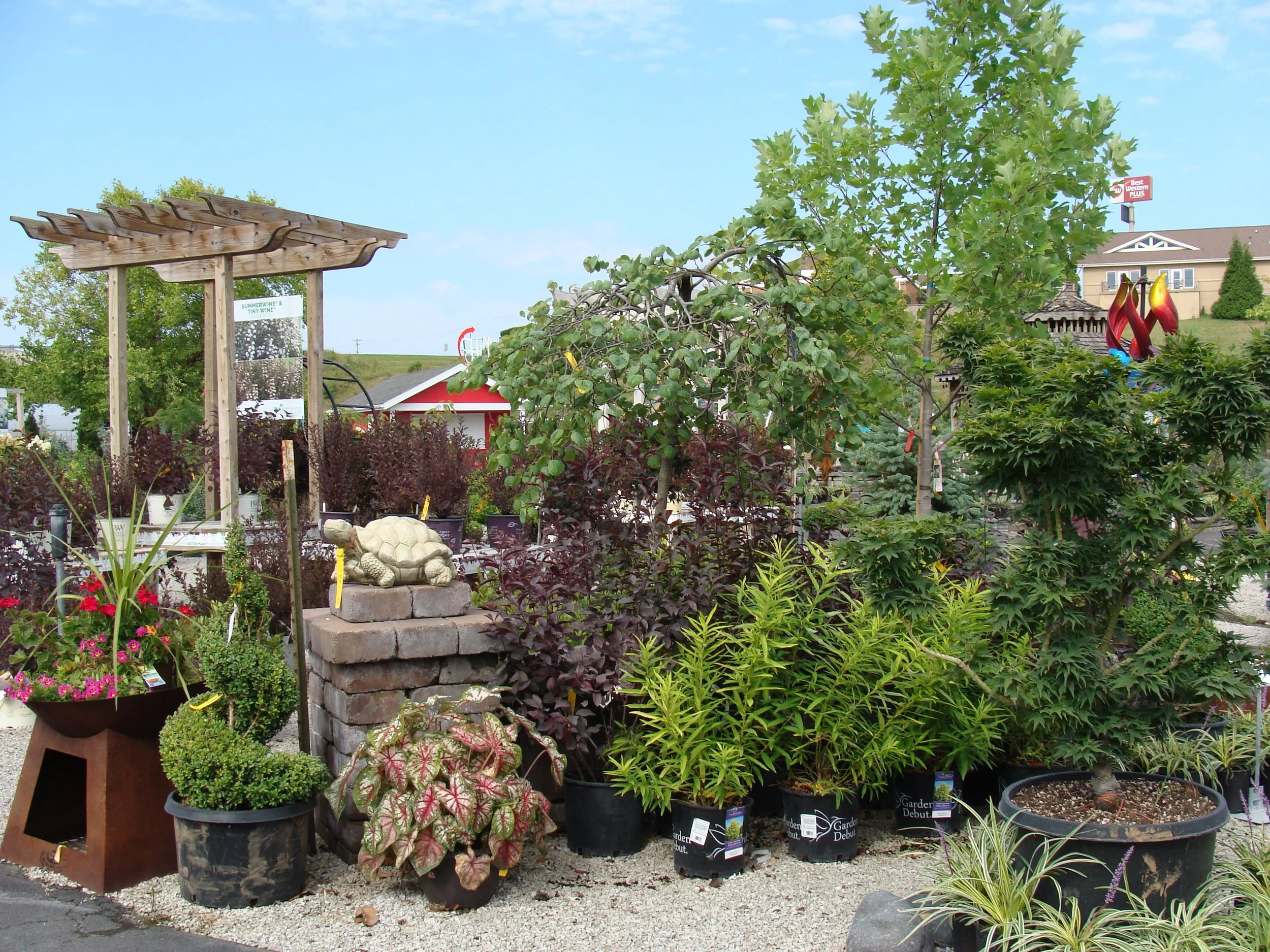EXTREME Winter Drought Alert – Supplement Water Essential
Industry professionals from the MoGIA membership have been expressing concern and dealing with the consequences of the current extreme drought conditions coupled with the extended mild fall planting season. Read on for some background plus experiences and suggestions from a few of those professionals.
While drought conditions during the hot summer months are quite evident as lawns turn brown and seasonal color plantings show signs of stress, the results of a winter drought will not become apparent until the spring season returns. For plantings installed during this past and recent previous growing seasons, waiting to water until spring will be too late for many plants, particularly evergreen trees and shrubs as well as perennials and ground covers.
According to Patrick Guinan, Extension/State Climatologist for the University of Missouri, many Missourians went into the New Year experiencing the longest period of consecutive days with sub-freezing temperatures in decades. But, despite the recent cold spell, 2017 will likely rank as Missouri’s 6th warmest year on record. The first 4-months of 2017 were unusually mild, and we also experienced a warm fall. The warmth of 2017 outweighed the cold by far.
Additionally, 2017 will likely produce the driest Nov.-Dec. period in nearly 3 decades, or since 1989. Preliminary precipitation data indicate the statewide Nov.-Dec. average this year is just under 2-inches, according to Guinan. In 1989, the Nov.-Dec. average was 1.28 inches. The statewide average precipitation for the Sept.-Dec. period this year was 6.5 inches, less than half the average. This year was also the driest Sept.-Dec. period since 1989. In 1989, the Sept.-Dec. average was 6.27 inches.
By the end of 2017, abnormal dryness to extreme drought was impacting nearly all of Missouri, according to the U.S. Drought Monitor.
Of course, the extended warm weather of the fall was a welcomed invitation by homeowners and commercial and residential landscape installers to plant more plants! Vic Jost, proprietor of Jost Greenhouses, a wholesale grower of herbaceous perennials and woody trees and shrubs in the St. Louis area, is particularly concerned about the projected well being of the volume of plants installed during this time.
“Many plants installed this fall, along with established plants in the landscape, were already under heavy stress due to our local drought conditions,” said Jost. “Add to that the extreme cold temperatures we have experienced, and we’ll likely see severe damage in many plants, both evergreen and deciduous, where irrigation was shut off early in the fall."
Dan Christie, President, Metropolitan Forestry Services, a professional tree care service company in Ballwin, MO, concurs. “In over 40 years in the business, I can’t remember witnessing a late summer, fall and early winter drought such as we are currently experiencing. My concern is that an extensive amount of our plant material is not going to pull though due to the stress the drought is placing on the root system as the trees and shrubs were going into dormancy.”
Matt Keeven, owner and manager of Emerald View Turf Farms, a commercial grower of turfgrass sod in O'Fallon, Missouri, notes the drought issue, but also sees a related concern as the drought affects nutrition. "The extended warm temperatures into late fall has allowed lawns to continue feeding using stored nutrients, while the drought has caused desiccation in most fescue, bluegrass and zoysia lawns. Moving forward to the spring of 2018, it will be critical to feed our fescue and bluegrass lawns early (Mid-February) to ensure proper nutrition for root development and spring green up."
Mike Rood, arborist, nurseryman and owner of his family's Pea Ridge Forest nursery near Hermann, Missouri, says "Extreme dry and cold temperatures in the fall and winter months quickly stress plants leading to an unnatural susceptibility to insects, disease and possible premature death. The greatest concern would be 2017 plantings, as well as conifers and broadleaf evergreens. To mitigate problems, we are irrigating later than ever. Homeowners are encouraged to drag out the hoses and start watering."
Victoria Hatfield, principle and owner of Wallflower Design, a landscape design, install and maintenance business serving homeowners in the St. Louis region, sent a note to customers in December, expressing concern about the “lack of precipitation, which is troubling for your new plants. In addition, the low angle of the sun and gustier winds may result in even dryer soils than normal. Newly planted trees, shrubs, and perennials are all susceptible to winter drought injury. The new plants outside do need water/moisture during the dormant season, and most do not want their roots to “dry freeze” as they face more frigid temperatures in January and February. This root damage can certainly affect the long-term health of the plant.”
Since most landscape irrigation systems are shut off for the winter season, application of water during the winter months is a bit more challenging, requiring the use of water obtained from freeze proof water outlets.
Finally, of course, a warning is prudent, when colder weather returns, to once again drain hoses and irrigation systems, and in extreme cold conditions, turn off spigots and re-winterize systems. It’s a pain, but much better than losing hundreds or even thousands of dollars of plants and lost labor costs, or risking damaged plumbing.
Content and editing assistance provided by Robert Weaver, The Gateway Gardener Magazine.
Missouri Green Industry Alliance (MoGIA) - Industry Update, http://mailchi.mp/f84f36b0ed6f/mogia-newsletter-quarter-2-548663?e=167d54c535









